Description
Features
-
NRR 23dB certified protection against loud, harmful noise
-
Electronic sound compression for safe situational awareness
-
Built-in stereo microphones for directional sound detection
-
Adjustable volume control dial for ambient sound levels
-
Foldable headband design for portability and storage
-
Powered by 2 x AAA batteries (not included)
-
Ideal for shooting ranges, industrial work, construction, or loud recreational use

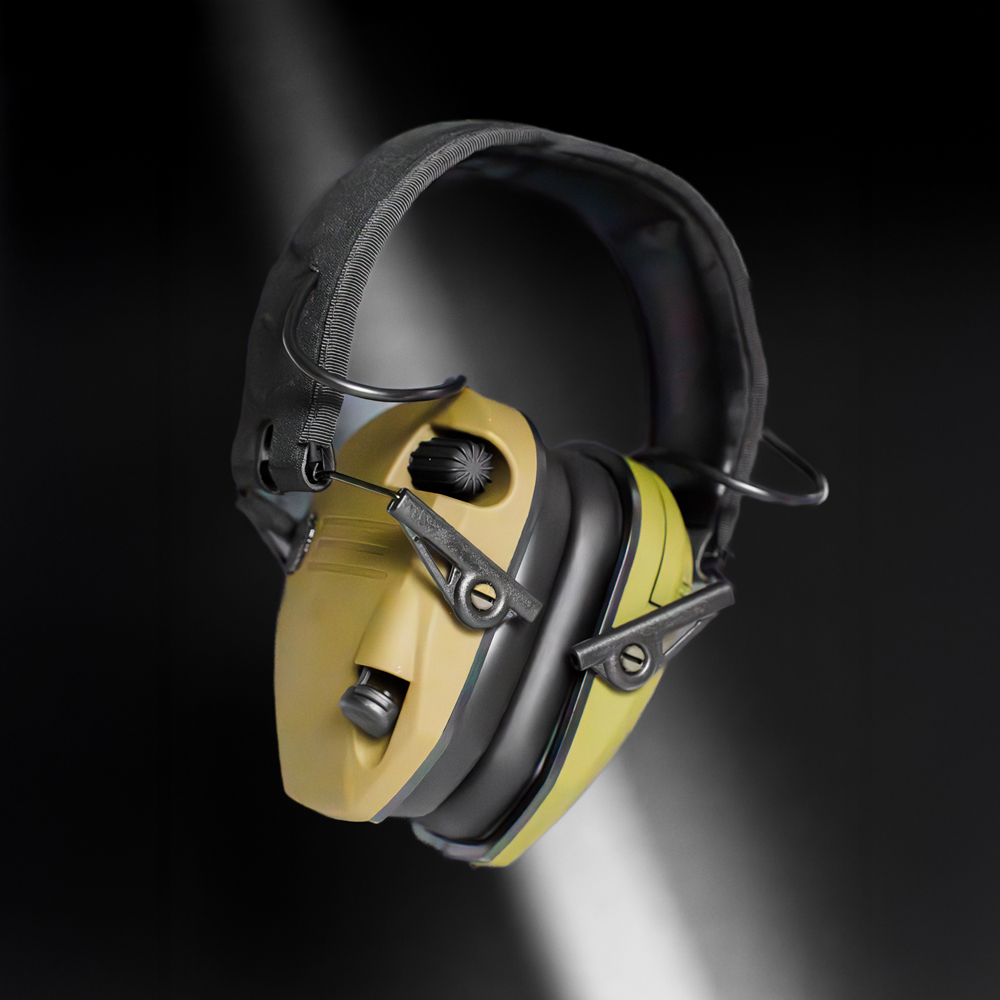
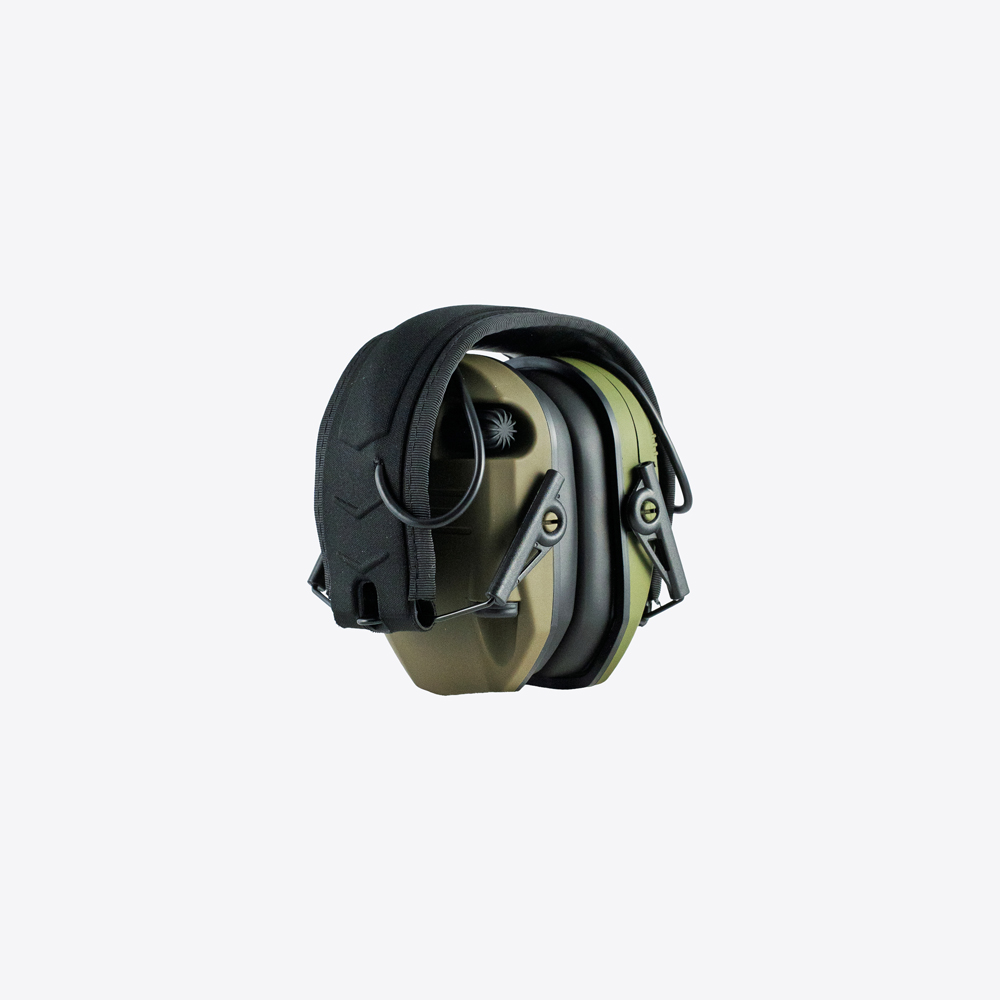
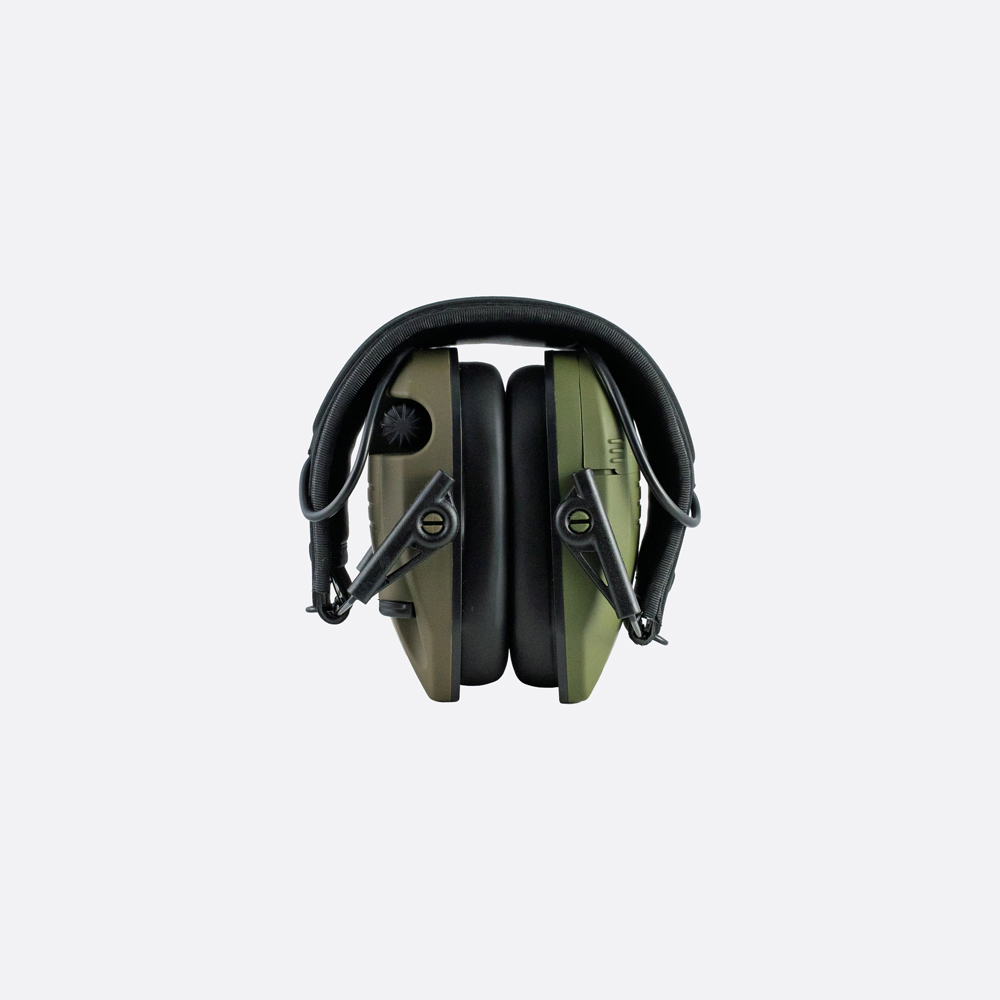
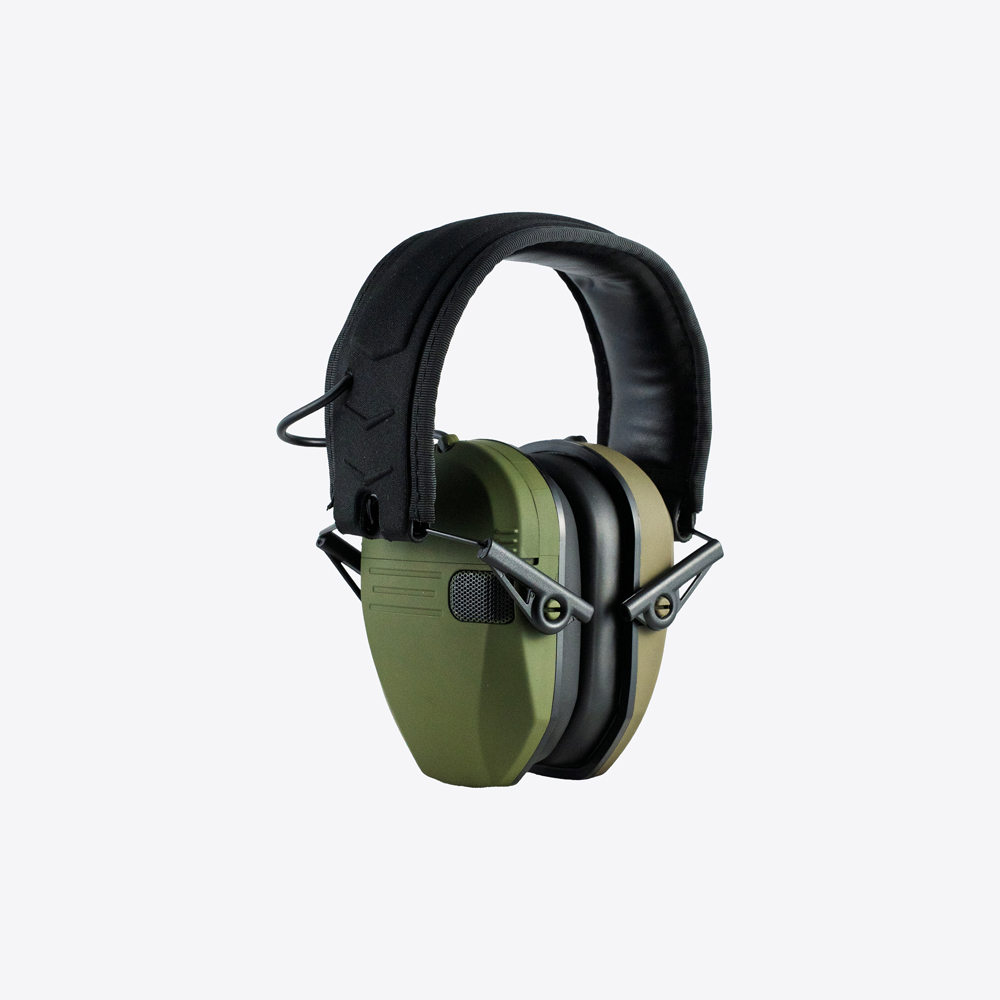
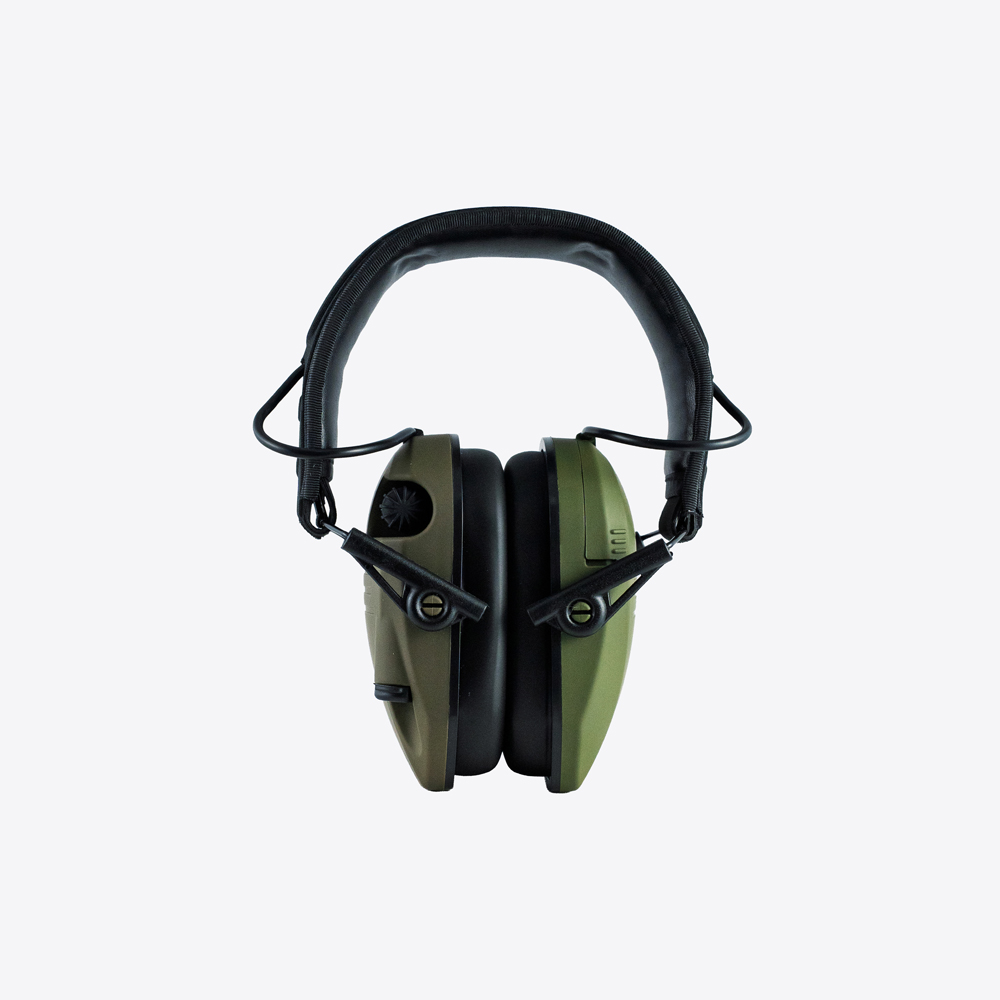
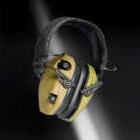

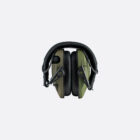
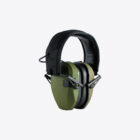


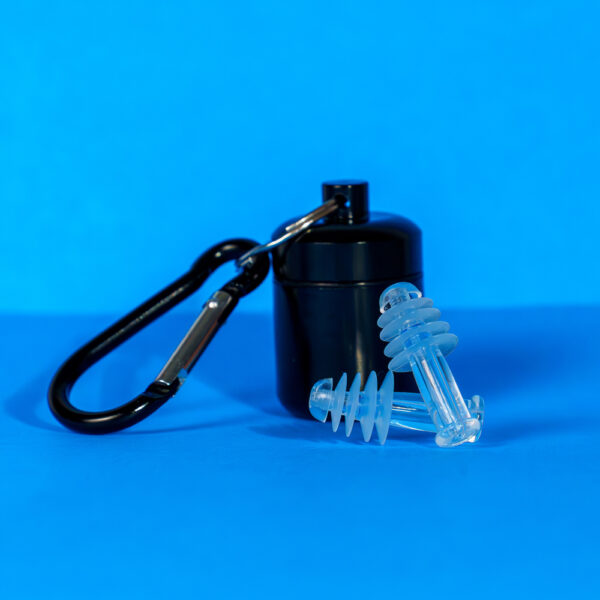

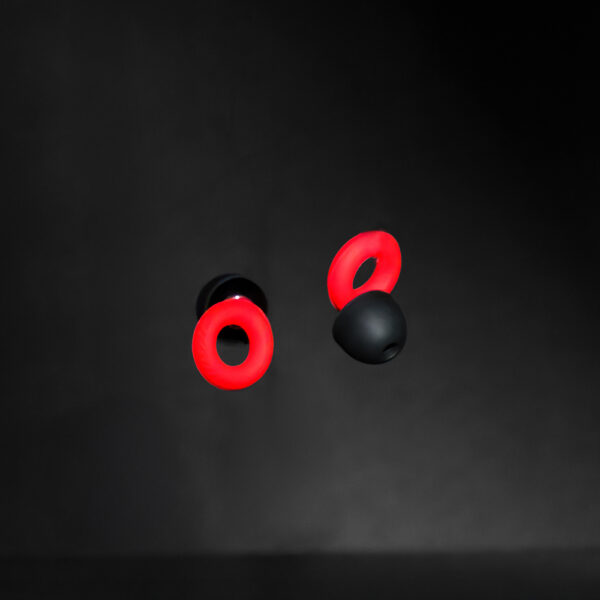



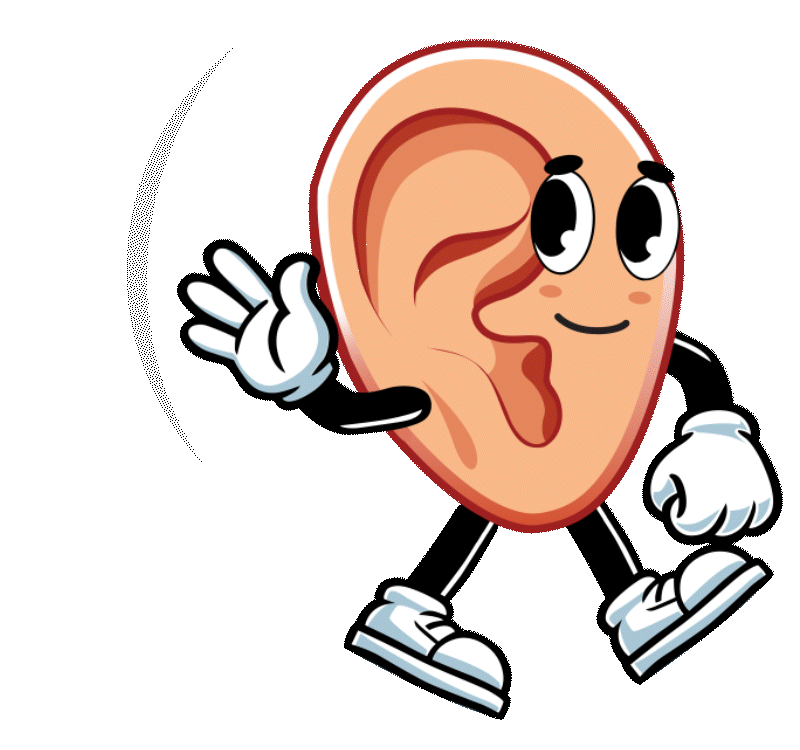 Helping you hear better every day. Our team is here to support your journey with comfort, care, and confidence.
Helping you hear better every day. Our team is here to support your journey with comfort, care, and confidence.